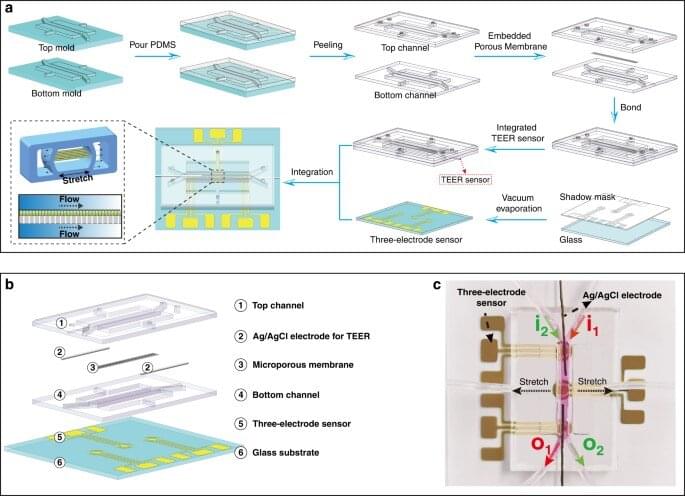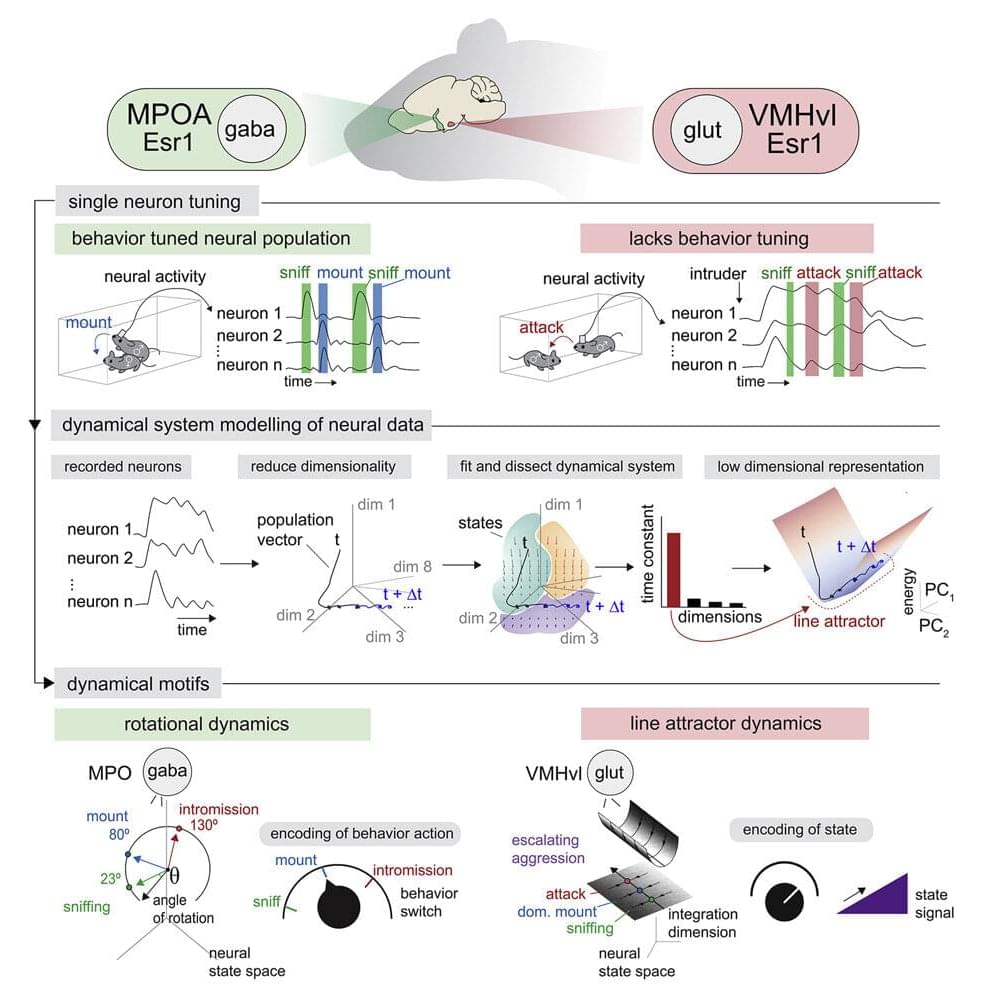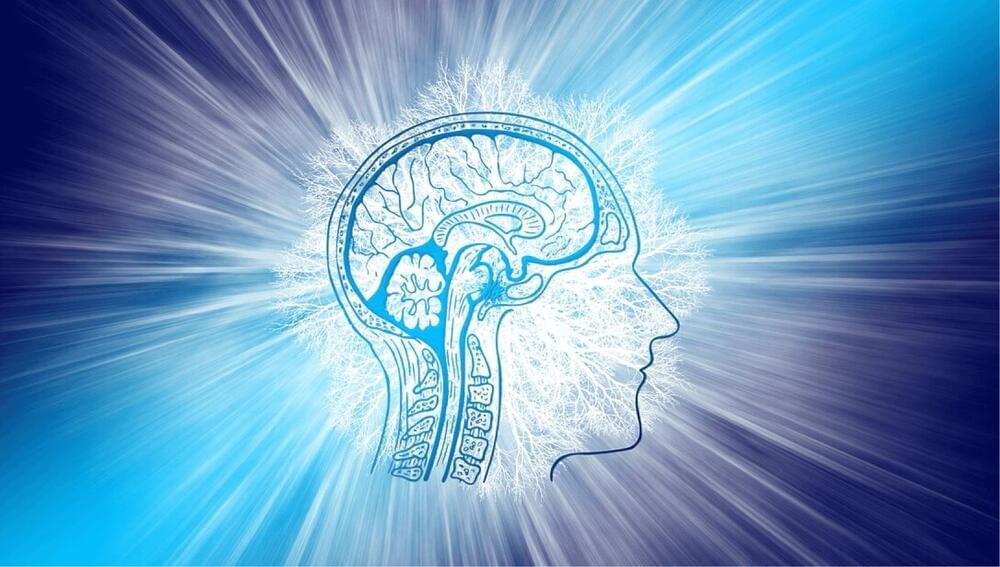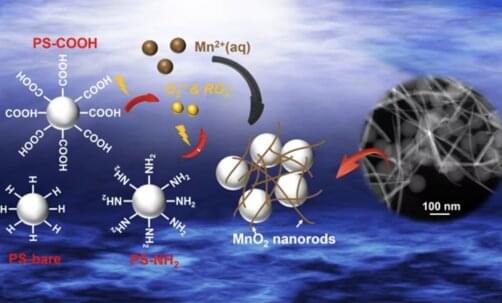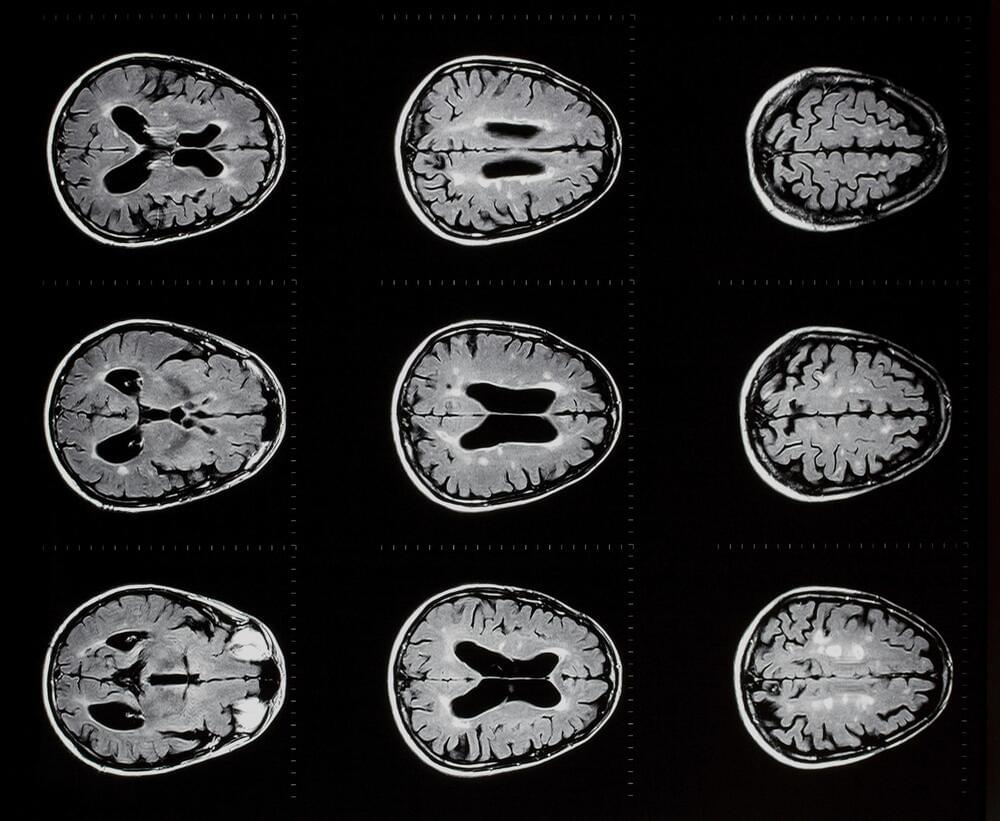Jan 9, 2023
Meta researchers create AI that masters Diplomacy, tricking human players
Posted by Shubham Ghosh Roy in categories: entertainment, robotics/AI
On Tuesday, Meta AI announced the development of Cicero, which it claims is the first AI to achieve human-level performance in the strategic board game Diplomacy. It’s a notable achievement because the game requires deep interpersonal negotiation skills, which implies that Cicero has obtained a certain mastery of language necessary to win the game.
Even before Deep Blue beat Garry Kasparov at chess in 1997, board games were a useful measure of AI achievement. In 2015, another barrier fell when AlphaGo defeated Go master Lee Sedol. Both of those games follow a relatively clear set of analytical rules (although Go’s rules are typically simplified for computer AI).

